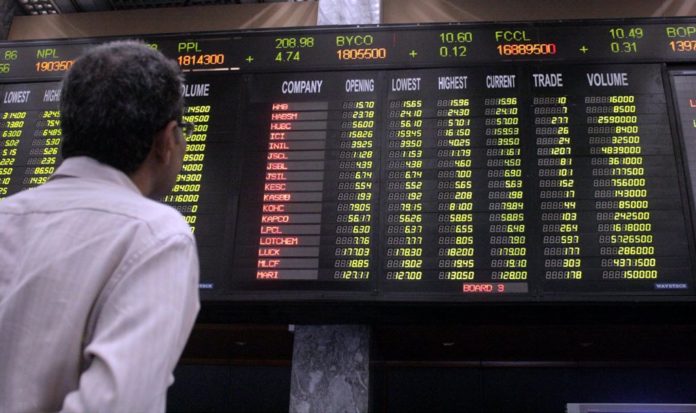Oil prices posted modest gains on Wednesday as robust seasonal demand from the United States and China—the world’s two largest oil consumers—offered support. However, global economic uncertainty, tariff concerns, and mixed market signals kept price gains in check.
According to market data, Brent crude futures rose by 13 cents (0.2%), reaching $68.84 per barrel at 0411 GMT. Meanwhile, U.S. West Texas Intermediate (WTI) crude futures climbed 25 cents (0.4%), settling at $66.77 per barrel. These increases reversed the downward trend seen in the previous two trading sessions.
The modest uptick was attributed largely to rising travel and industrial activity during the Northern Hemisphere’s peak summer season, particularly around the U.S. Fourth of July holiday, when gasoline consumption typically surges. However, caution prevailed in the market due to ongoing concerns over potential U.S. tariffs on trade partners and their impact on global economic growth and fuel consumption.
Travel and Holiday Season Support Demand
A report from LSEG analysts highlighted how summer travel and increased industrial output are currently driving fuel demand. “Strong seasonal demand is currently providing upward momentum to oil prices, as summer travel and industrial activity peak,” the analysts noted.
The report further mentioned that increased gasoline consumption in the United States—particularly during the Independence Day celebrations—offered a bullish signal. This rise in consumption is helping counteract some of the bearish pressure stemming from rising oil inventories and uncertainty around tariff threats.
China’s Economic Data Provides Relief
In addition to U.S. demand, data from China—the world’s largest crude importer—provided a measure of reassurance to investors. While the country’s second-quarter growth slowed, the decline was less severe than expected, partly due to frontloading of purchases in anticipation of U.S. tariffs.
More importantly, China’s crude oil processing throughput in June surged by 8.5% year-over-year, reflecting stronger domestic fuel demand. This suggests that despite broader economic headwinds, Chinese consumption remains resilient for now.
Tariff Tensions Cast a Shadow
Despite the positive demand signals, analysts caution that the rebound in oil prices may be short-lived. Priyanka Sachdeva, senior market analyst at Phillip Nova, noted that the recent price stabilization was likely the result of a technical correction rather than a fundamental shift in market conditions.
“Investors should monitor inflation and interest rate expectations in the United States closely,” she said. “President Donald Trump’s tariff threats, particularly targeting Russian oil purchases, could lead to inflationary pressures, which in turn could suppress medium-term fuel demand.”
Her analysis suggests that unless there is clear progress on global economic policy and demand recovery, particularly in Asian markets, the crude oil market could remain directionless.
OPEC Remains Optimistic on Second-Half Recovery
In contrast, the Organization of the Petroleum Exporting Countries (OPEC) remains more optimistic about the second half of the year. In its monthly oil market report released Tuesday, OPEC projected that the global economy would gain momentum, improving the oil demand outlook for the rest of 2025.
The report cited better-than-expected performance in Brazil, China, and India, alongside continued recovery in the United States and European Union, as drivers for future oil demand.
However, even with OPEC’s confidence, Sachdeva pointed out that the market lacks strong bullish momentum. “The technicals may offer short-term relief, but fundamentally, the market lacks momentum,” she explained. “Until clarity emerges on global growth, policy direction, and real demand recovery—especially from Asia—the crude complex looks set to drift sideways.”
Investor Outlook and Economic Indicators
Market participants are closely watching for macroeconomic indicators, especially from the U.S. Federal Reserve and central banks in Europe and Asia. Any further interest rate hikes or inflationary pressures could tighten consumer spending, ultimately impacting global oil demand.
Additionally, geopolitical developments—including continued trade friction between the U.S. and its trading partners—are adding to market uncertainty. The potential for new tariffs on energy imports, particularly from Russia, adds another layer of complexity to global supply chains and demand forecasting.




